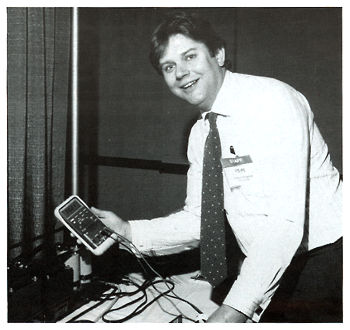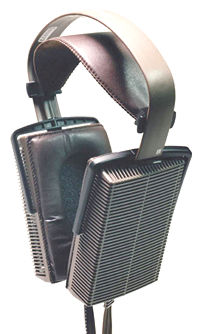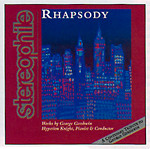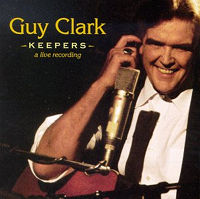
<B>John Atkinson sets the stage</B><BR> Nothing seems to polarize people as much as the vexed question concerning the importance of audible differences between amplifiers. If you think there <I>are</I> subjective differences, you're an audiophile; if you don't, you're not. And as any glance at an appropriate issue of <I>Consumer Reports</I>—<I>the</I> publication for non-audiophiles—will confirm, the established wisdom is that once the price of an amplifier or receiver crosses a certain threshold, any further improvement in sound quality becomes irrelevant, in that it puts the price up for no apparent gain. In other words, when it comes to amplification, there is such a thing as being "too" good. Yet, as a reader of this magazine, I would expect that not only have you been exposed to real subjective quality differences between amplifiers that <I>Consumer Reports</I> would regard as sounding identical, you have made purchasing decisions made on the basis of hearing such differences.






